Working a canal horse and boat
The actual work of keeping a loaded boat moving, provided it is in deep enough water to be properly afloat, is not particularly hard. It goes on for hour after hour but the effort needed to keep up the momentum of the boat- simply overcoming the friction of the water and wind at slow speed – is not great.
Starting the boat off – overcoming the inertia of thirty to sixty tons of boat and cargo- does need sustained effort but after half a minute or so of heavy pulling, building up the speed by an accumulation of energy, the load is underway and just needs to be kept moving. A sensible boathorse soon learns the trick of leaning steadily into the collar, keeping the stretchy cotton towline taut so that the continuous pull gradually accelerates the boat to full working speed. In practise starting off a horse boat is rather quicker than with a motor boat, particularly noticeable when working through flights of locks.
Horseboats don’t have brakes. Once the weight of boat and cargo are moving it takes almost the same amount of effort to stop it again in a hurry, and although horse walking pace may seem quite slow it becomes frighteningly fast when that weight is approaching an immovable obstruction like a lock gate, or another unstoppable boat coming the other way. The horseboat answers were forethought and strapping posts. Forethought was built on experience, knowing the canal and its problems, and knowing where to expect to meet other boats. In this respect the ‘smacking whip’ was an essential piece of boating equipment. It had a short handle with a very long lash, usually home-made by the boatman, plaited up from an old piece of cotton towline. At the end was a silk ‘thrum’, easily replaceable and available at every canalside boatman’s shop, and it was this that created the whipcrack as loud as a gunshot. Usually it was kept on the cabin roof close to the hand of the steerer and in the quieter days of the past three sharp cracks with this smacking whip could be heard half a mile away, ample warning when approaching a blind bridge or a flight of locks. Forewarned was forearmed, with time to slow down naturally.
‘Strapping posts’ are upright posts of wood or iron set firmly in the ground close to the canalside for the boatman to wrap the ‘strap’ round, and the strap is simply a good strong piece of rope. As the boat comes alongside he will pick up the rope attached to the boat and take one or two turns around the post, and the friction of that rope on the wood or iron controlled by the tension that the boatman keeps on the free end can be used to slow and control the boat very precisely. Each lock used to be furnished with a set of strapping posts set in positions that allowed the boatman to control the momentum of his boat with speed and safety but few now remain to remind us of these old working practises. On many narrow canals, those with locks only wide enough for one narrow boat at a time, the top gate of each lock had the outer gatepost extended upwards to furnish its own built-in strapping post.
As the boat entered the lock the steerer could drop a loop of rope over the post and simultaneously slow the boat and close the top gate behind it, a very efficient piece of time saving. Particularly fine examples of these posts are still to be found on the Shropshire Union and Worcester and Birmingham canals.
Inland waterways were designed or adapted to accommodate the complete transport unit- boat, horse, crew and, equally important, the towline. The towing path was just as important as the water channel, and in fact in canal parlance the boatman did not steer to the left or to the right but to the ‘inside’ or ‘outside’- towards the towpath or away from it, depending which side it was on. Wherever the towpath changed sides the canal company provided a ‘roving’ bridge for the horse to cross the canal, most of which were designed so that the animal could walk over and under without having to unhitch the towline. Towpaths were kept rigorously clear of all obstructions because anything that could get tangled with the towline was not just a nuisance but a potential danger. If the towing rope were to get caught round a serious obstruction whilst the boat is under way its momentum would continue to carry it forward whilst the rope would try and drag the horse backwards, causing panic, a broken rope or, in the worst case, a horse-pulled into the canal.
The towline, although only made of cotton, was quite destructive for it was constantly getting wet and covered in grit and ashes from the towpath. Pulled hawser tight between boat and animal its abrasiveness could quickly cause damage to anything it rubbed against- bridge brickwork, lock walls or wooden gates. Today the most significant evidence of centuries of horseboating are the marks left by thousands of horse lines scarred into the iron guards and rollers that were fixed to locks and bridges to protect the stonework. These guards and rollers were of course of benefit both ways for the wear and friction on the towline rubbing against a hard metal plate was far less than rubbing through a groove in brickwork. Even so, a horse line would only last a couple of weeks before the middle was frayed and worn out and had to be replaced. This left lots of short ends suitable for tying-up ropes or fender making but, like horse fodder and stabling, new towlines were a constant necessary expense for the horse boat captain.
All materials and images © Canal Junction Ltd. Dalton House, 35 Chester St, Wrexham LL13 8AH. No unauthorised reproduction.
About | Terms | Privacy| Refunds & Returns| Sitemap | Contact Us
With over 800 pages, this website uses cookies to record visitor behaviour using Google Analytics. More information on Privacy Page. Page last updated: 01/05/2024.
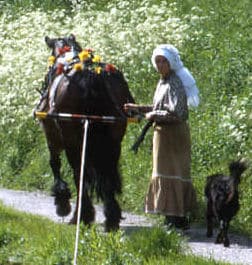
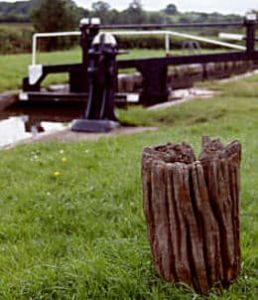

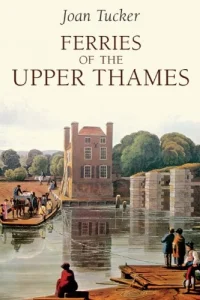

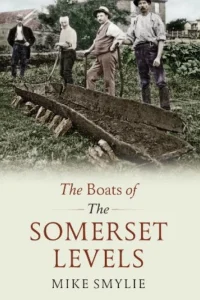

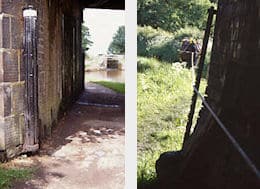
Back to Menu....
Narrowboats & Barges >>
Canal Heritage >>